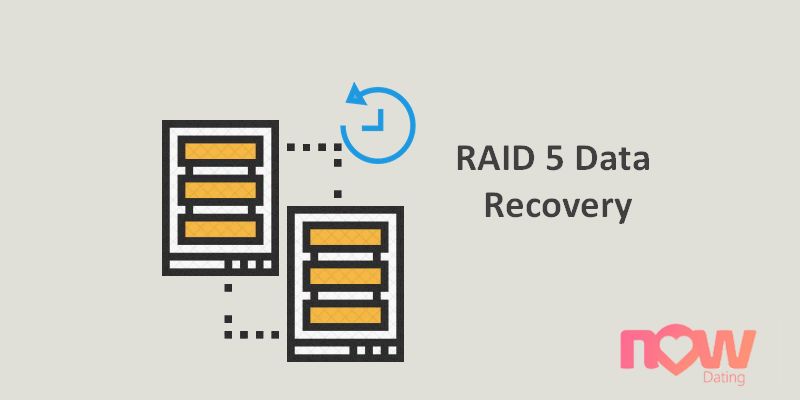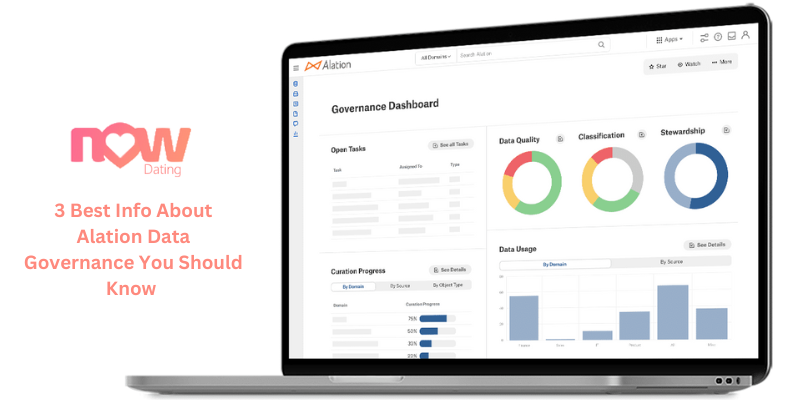5 Steps Help You Develop A Solid Ransomware Data Recovery Strategy
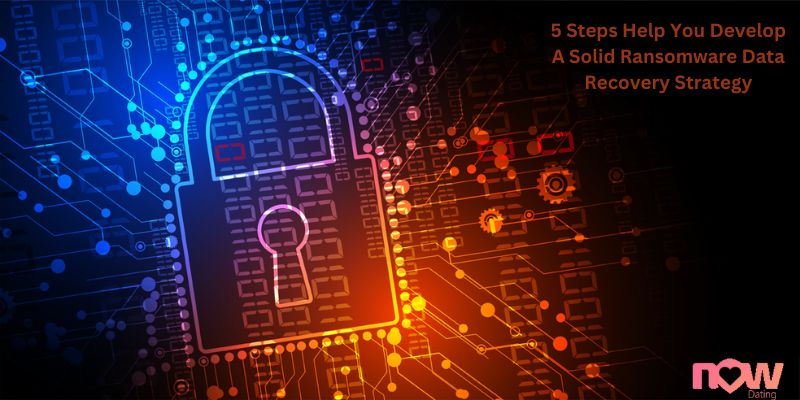
Ransomware data recovery – Malware is used in a ransomware attack to encrypt systems and data with the intention of extorting money to unlock the contents. Cybercriminals kidnap your data and systems during a ransomware assault. A ransomware attack can cause a catastrophic data breach and hinder business continuity if you don’t have data security policies in place. In this article, with qule.info, let’s find out some useful information about ransomware data recovery!
Ransomware data recovery – Definition and what is ransomware attack?
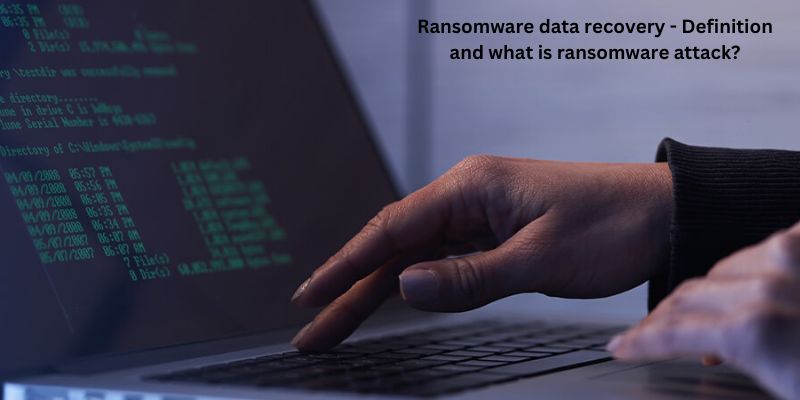
A brand-new and very sophisticated kind of computer virus, ransomware mostly spreads by email, software Trojans, and web sites. The infection is awful and very dangerous. To infect, destroy, and encrypt data, it employs a variety of encryption techniques.
The ransomware spreads primarily through three channels: vulnerabilities, mail, and advertisements. You won’t be able to access the infected files or system until you pay the ransom once a ransomware virus, such as the notorious Zcrypt, Locky, CryptWall, CryptoLocker, TorrentLocker, etc., has attacked your computer or any other storage device.
Your machines and data are encrypted by a malware-based attack called a ransomware strike. Attackers demand a payment to remove the encryption preventing you from accessing your data once again. Because bitcoin is anonymous and difficult to trace, attackers routinely demand payment in that currency. Ransom demands might be for small or large sums of money.
Creating Ransomware data recovery strategy

Avoiding the installation of ransomware is the best strategy to safeguard your computers from it. Predicting how it can access your systems and what data is most likely to be targeted is the second-best strategy. This enables you to concentrate on safeguards and guarantee that data is backed up prior to an assault.
It’s typically simplest to start with your data and proceed from there when developing a strong data protection plan. You may create a strong ransomware data recovery plan by using the following methods.
- Create an inventory of your data to decide how it should be categorized and where it should be kept. Critical, valuable, controlled, and proprietary are some examples of categories. After doing an inventory, you may decide how data needs to be secured and start a backup.
- Identify your endpoints. You must be aware of the locations of your endpoints in order to determine the potential sources of ransomware attacks. You may classify endpoints similarly to how you classify data to establish priority and guarantee that high-value endpoints are properly secured.
- Set up a recovery strategy; prioritize mission-critical assets and data when creating a ransomware data recovery strategy for all other assets and data. Ideally from a master backup or image, you should be ready to either restore or rebuild all assets.
- Backups are only useful when they are safe and easy to access, so safeguard your backups. In order to guarantee that you can recover data from backups and that the information that you are restoring is trustworthy, you need to make sure that your backups are as secure as your systems and data.
- Offsite storage of duplicate data: You should keep at least one copy of the data offline, offsite, or both. This guarantees that you can still restore data even if on-site backups are ransomware-encrypted. Secure data while keeping these copies exactly as you would the original copy.
Ransomware data recovery – Things to do when you have ransomware attack
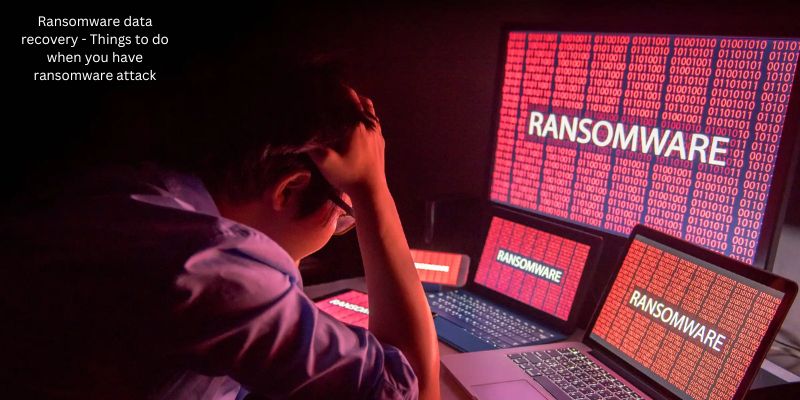
You most likely have been infected with screen-locking ransomware if you are unable to remove the ransomware message that appears on your screen. The worst case situation is that you have been infected with encrypting ransomware if you can navigate via your applications but cannot view your files, videos, or other content. If you are able to access your computer and see all of your data, then you have likely been infected with a phony ransomware infection that is attempting to scare you into paying.
- Keep your cool – Rapid judgments could result in more data loss. For instance, if you find an infection and abruptly turn off a server instead of properly shutting it down, you risk losing both healthy and infected data.
- Do not pay the ransom as the perpetrators might not be able to release your data. In several instances, victims have paid the requested ransom but never received their data returned. Companies should collaborate with data recovery specialists who might be able to restore access to data by reverse-engineering malware rather than taking this chance.
- Examine your most recent backups. It is simpler to recover the data and restore the files to another machine if they are intact and current.
- Inquire with a professional about your choices for rehabilitation. An experienced data recovery professional will review your situation to see whether they already have a solution in place; if not, they ought to be able to create one quickly.
If you are interested in similar topics, you can also refer to 7 Best Data Governance Companies You Can Refer.
Conclusion
Ransomware is a sophisticated form of malware that targets both individuals and businesses by encrypting the data on your computers so that you are unable to access them until you pay the demanded ransom. However, there are several ways to recover data that have been encrypted by ransomware, so don’t panic. I hope you found this article about ransomware data recovery helpful. Have a good day!
Conclusion: So above is the 5 Steps Help You Develop A Solid Ransomware Data Recovery Strategy article. Hopefully with this article you can help you in life, always follow and read our good articles on the website: qule.info



